On June 28, Da Nang Oncology Hospital announced that the hospital had successfully performed simultaneous surgery to remove the esophagus and left liver of a male patient.
Mr. Tran Tan T. (45 years old, residing in Dak Doa district, Gia Lai province) came to Da Nang Oncology Hospital with symptoms of difficulty swallowing and frequent hiccups. These are early warning signs of esophageal cancer.
Through the examination process and implementation of all necessary paraclinical indications, the patient was diagnosed with esophageal cancer in the middle third, stage T3N0M0, tumor size 43mm.
The imaging results also showed a small lesion in the IV segment of the liver measuring 10mm, along with a history of chronic hepatitis B. This is one of the main risk factors for liver cancer, but it is not enough to confirm the diagnosis. This makes the evaluation and treatment decision process even more cautious.
The patient was referred to the Tumor Council for consultation; after discussion to find the best treatment plan, the patient was prescribed preoperative radiotherapy for the esophageal tumor, while still closely monitoring the liver lesions.
However, during preoperative treatment of the esophageal tumor, the liver nodule grew quite rapidly, reaching a size of 29x51mm and meeting the criteria for concluding as BCLC A stage hepatocellular carcinoma.
Specialist Doctor 2 Nguyen Van Hai Van, Department of Surgery 1, the main surgeon who removed the esophagus for the case, said that this was a case of two primary cancers appearing in the same patient, which made the treatment process more complicated, with many potential risks, especially when treated by surgery.
Esophagectomy is one of the most complex techniques in digestive cancer surgery; meanwhile, liver resection is also a major surgery, if both are performed simultaneously on the same patient, it will increase the risk of intraoperative and postoperative complications.
Combining two major surgeries in the same operation is extremely challenging, not only technically but also in terms of anesthesia, resuscitation and postoperative care strategies.
However, after consulting with many specialists and receiving consensus from the Tumor Council, with strong determination from the patient and the team of doctors from Department of Surgery 1, the decision to perform major surgery to simultaneously remove the esophagus and resect the left liver was made.
At the end of May 2025, this special surgery was successfully performed, providing the patient with a chance for complete treatment. After the surgery, the patient was closely monitored, especially receiving regular nutritional consultations. The patient's health recovered well and he was officially discharged from the hospital on June 20.
Dr. Nguyen Van Hai Van shared: “This is one of the most difficult surgeries, requiring high coordination between doctors and the experience of the entire surgical and anesthesia team. Esophageal resection combined with liver resection is not only rare, but also has many potential risks. We are very happy that the patient has successfully overcome this journey.”
According to Dr. Hai Van, the surgery is expected to face many serious risks because the esophagus is located deep in the body, close to important organs such as the heart, lungs, trachea, large blood vessels and important nerves. The surgery requires high precision to avoid damaging these structures, as well as reduce the high risk of respiratory complications and postoperative infections.
Performing two major surgeries at the same time prolongs the anesthesia time, the patient has to endure many physiological effects at the same time, increasing the risk of respiratory failure, liver failure, and multiple organ failure if not well controlled.
In particular, the patient is still in the post-chemotherapy stage, so resistance is reduced, the risk of infection and slow recovery after surgery is higher.
Despite facing many great risks, the team of Department of Surgery 1 still decided to perform radical surgery, because this was the best and possibly the only chance to cure the patient./.
Source: https://www.vietnamplus.vn/da-nang-phau-thuat-thanh-cong-dong-thoi-cat-thuc-quan-va-gan-cho-nam-benh-nhan-post1046902.vnp












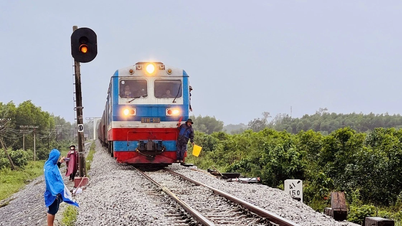





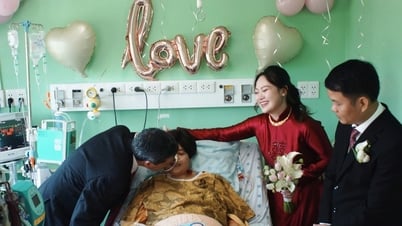

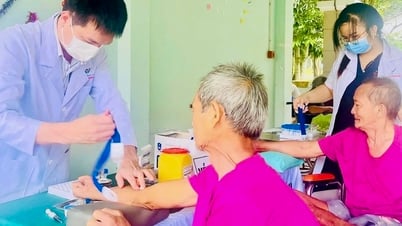


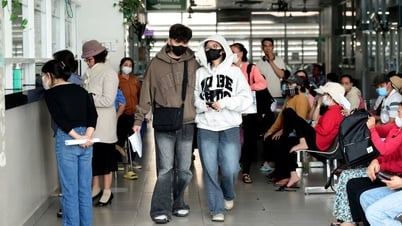































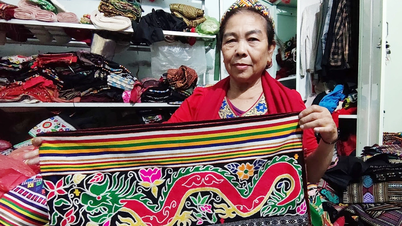



























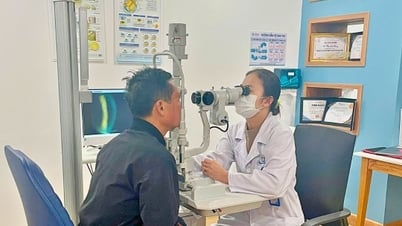






















Comment (0)